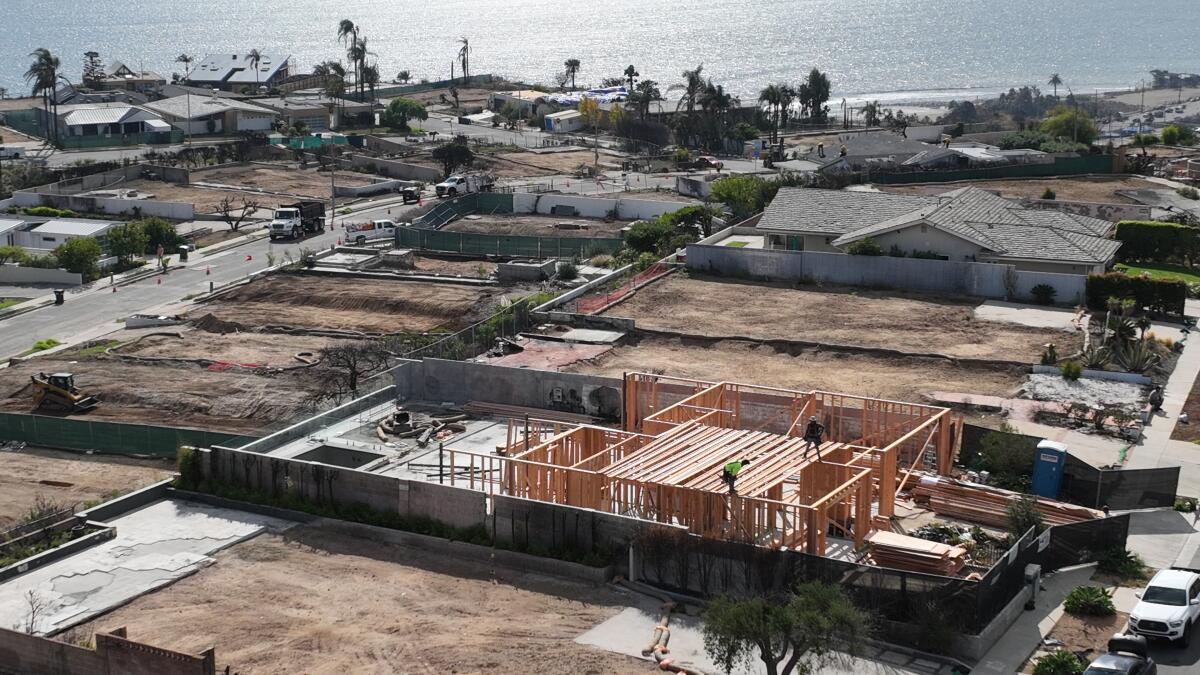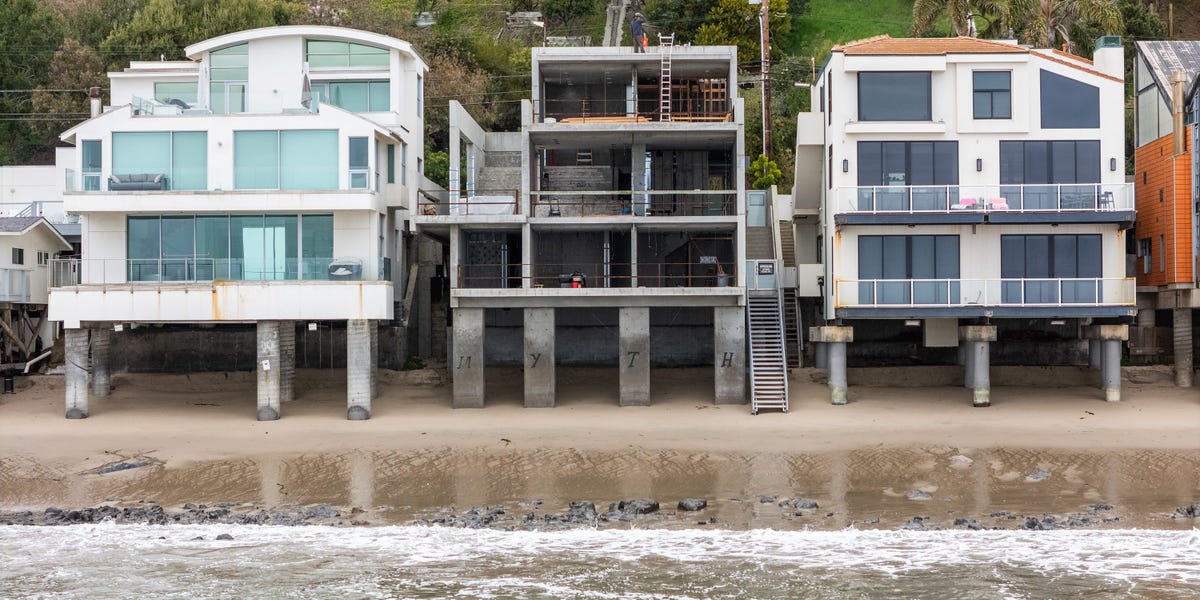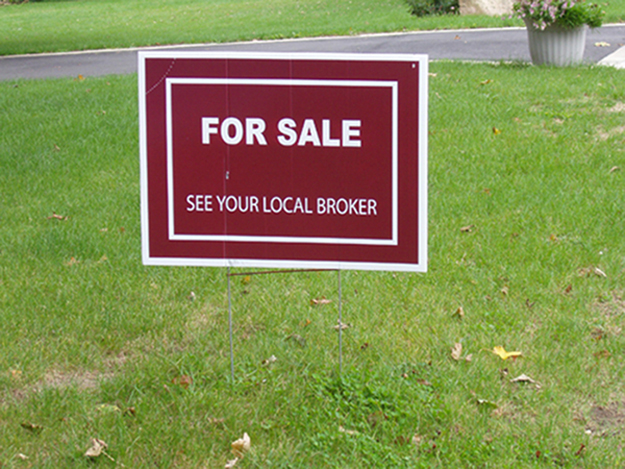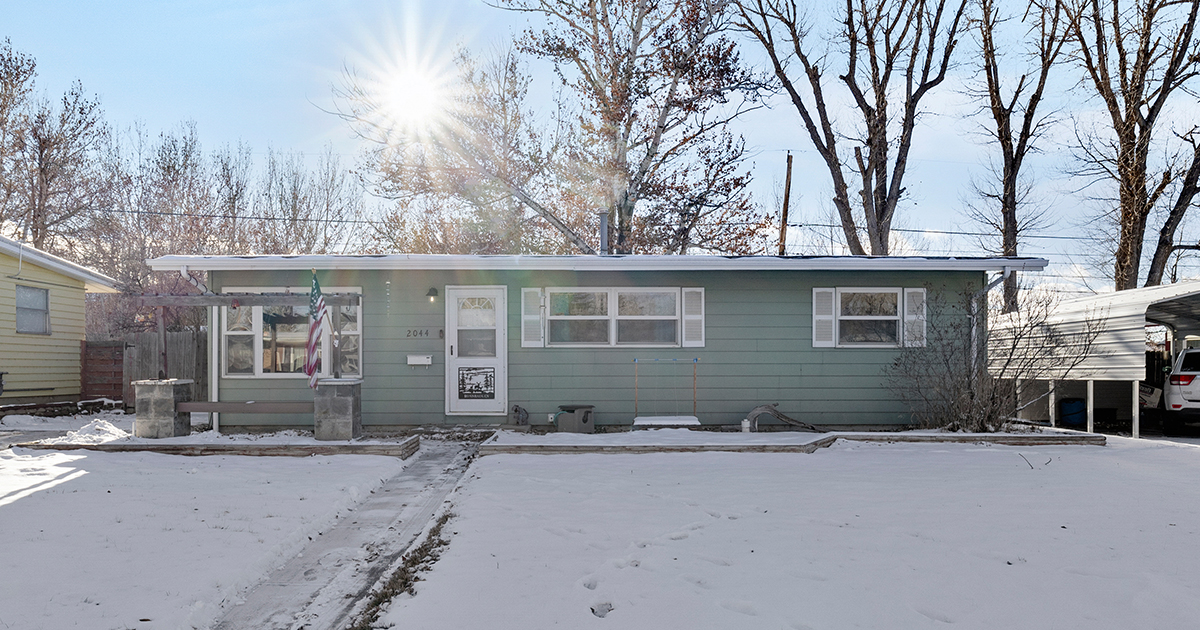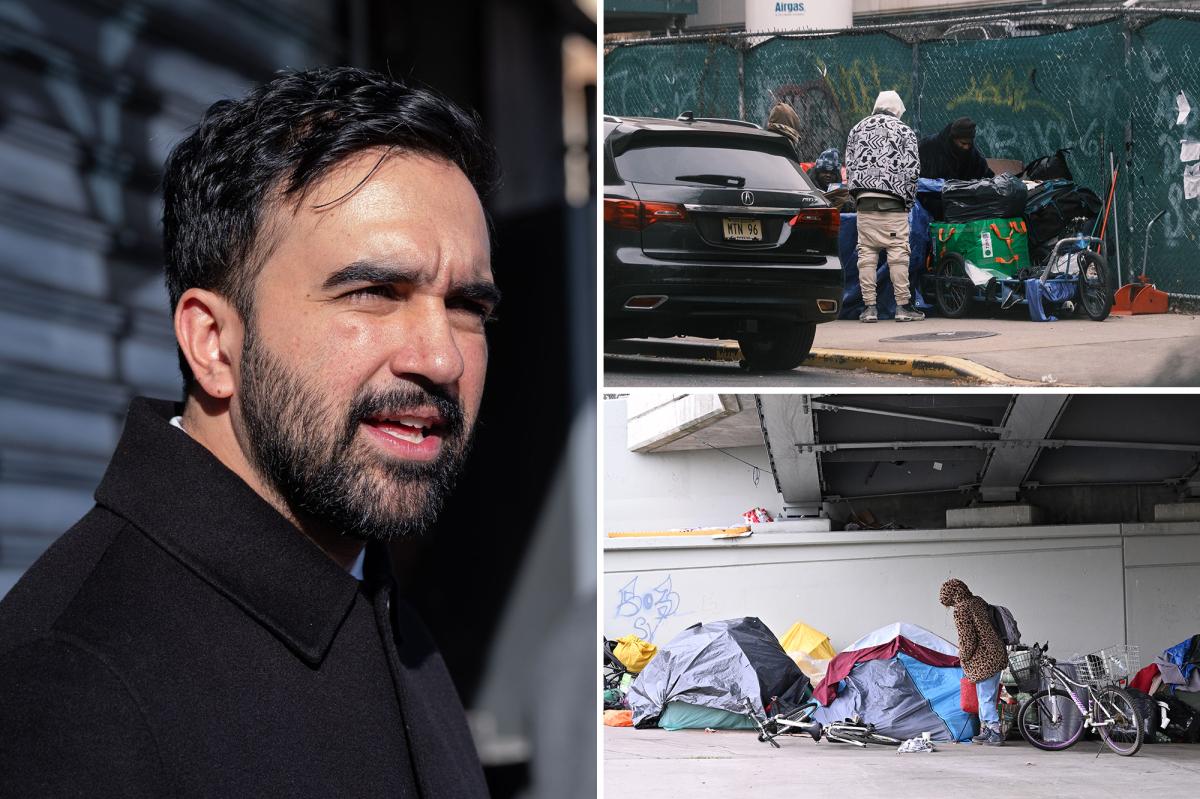S
urvivors of the Palisades and Eaton fires now have an online tool that lets them choose from a range of pre‑approved home designs, potentially cutting costs and allowing new houses to be ready as early as next year. The Builders Alliance, a nonprofit created after the fires, unveiled a portal that presents a catalog of homes filtered by lot size, price, and other preferences.
“We’re building an ‘easy’ button for homeowners,” explained Lew Horne, chairman of Project Recovery—a coalition of academics and real‑estate experts who drafted a recovery roadmap. Project Recovery’s March report, prepared by USC and UCLA real‑estate professors together with the Los Angeles chapter of the Urban Land Institute, argued that a coordinated effort among builders could achieve economies of scale, speeding reconstruction while keeping it affordable and predictable. The portal is the latest milestone on that plan, enabling homeowners to select templates and receive competitive bids from builders vetted by Project Recovery. Horne, who also leads the ULI’s LA chapter and presides over CBRE Southern California, said the alliance monitors each builder closely to guarantee quality homes at reliable prices within a set timeframe.
Other Project Recovery leaders include Stuart Gabriel of UCLA’s Ziman Center and Richard Green of USC’s Lusk Center. Homeowners can match their address to turnkey designs that cost equal to or less than typical insurance payouts, or opt for custom builds. The Builders Alliance roster features ten licensed builders, ranging from boutique firms to larger names such as Richmond American Homes and Brookfield Residential. Brookfield, which lost 52 of its 200 homes in the La Vina community, expressed a strong commitment to rebuilding. CEO Adrian Foley noted the consortium’s goal: to combine resources, secure favorable material prices, and develop plans that appeal to buyers, thereby reducing costs, improving efficiency, and boosting the overall rebuilding rate. The group aims to deliver several homes by the third quarter of 2026.
The portal’s backbone is a digital map that represents every residential parcel in the fire zones, powered by AI and Canibuild’s site‑planning software. The map incorporates local zoning rules and links each lot to a menu of design options and cost estimates. Users simply enter their address and filter choices by square footage, bedrooms, bathrooms, and budget.
